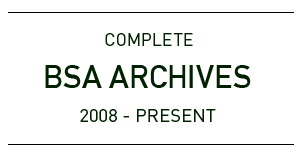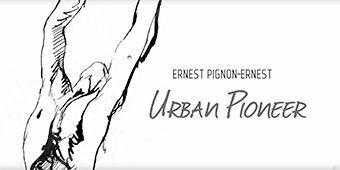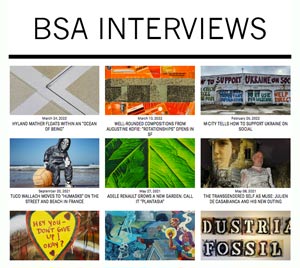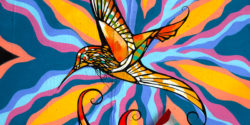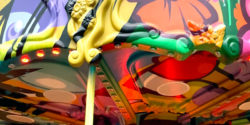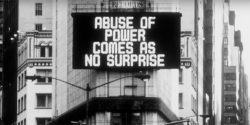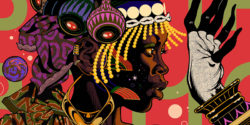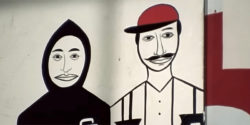In the ever-evolving public and street art equation where boundaries between genres blur and definitions remain in flux, a notable regional museum has taken a decisive step toward institutionalizing a decade-long experiment in civic art-making. With the opening of Hi-Vis at the Buffalo AKG Art Museum, the first ten years of its public art initiative are given a platform inside the museum walls—not just in the form of an expansive exhibition but also through a new book and documentary that trace the evolution of their unique and sustained commitment to public art.
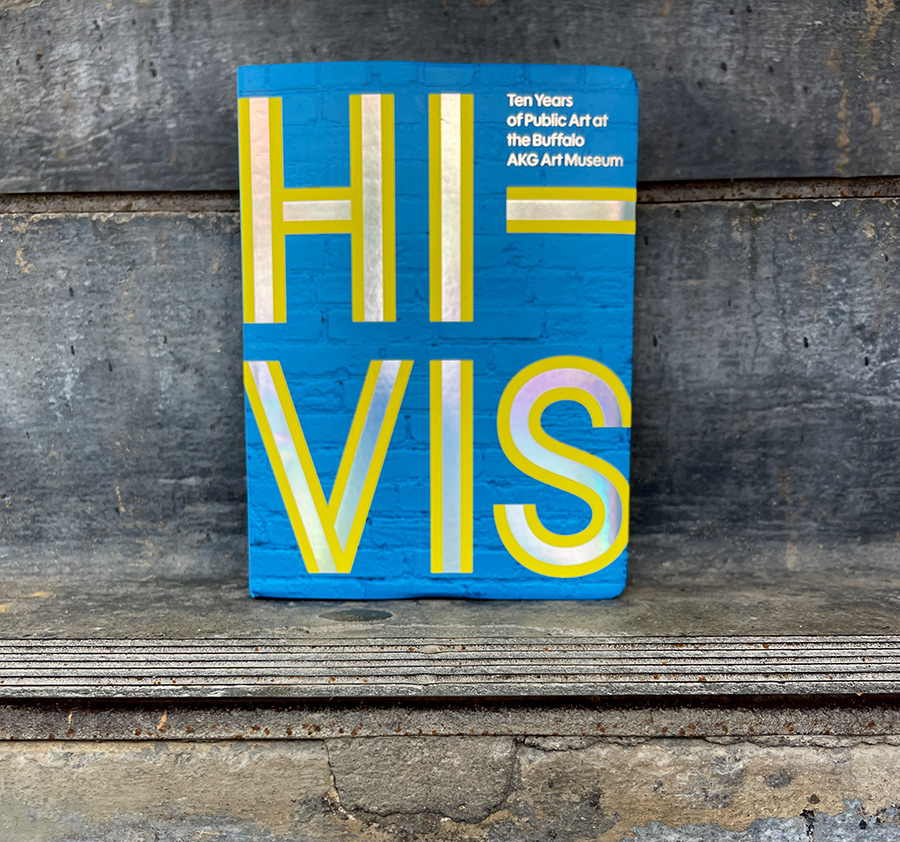
Running through June 9, 2025, Hi-Vis celebrates over 80 artists who have participated in creating more than 60 public works across Buffalo and it’s surrounding county. Names familiar to fans of street art and contemporary muralism appear alongside local heroes of various styles and disciplines, forming a compelling mix that includes FUTURA 2000, Shantell Martin, Felipe Pantone, Maya Hayuk, Louise Jones, Jun Kaneko, Julia Bottoms, Monet Kifner, Pat Perry, Edreys Wajed, and many others. These artists—some creating their largest or first-ever public works—are altering and shaping Buffalo’s new visual identity by emphasizing community collaboration and civic visibility.
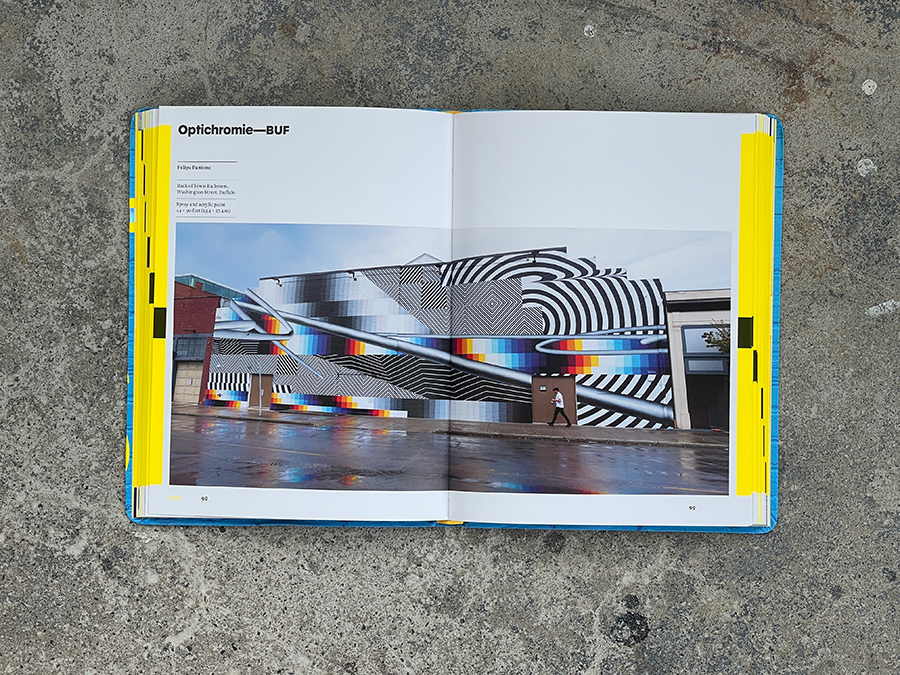
The exhibition, presented on the third floor of the new Jeffrey E. Gundlach Building, is co-curated by Aaron Ott (Curator of Public Art), Eric Jones (Public Art Projects Manager), and Zack Boehler (Assistant Curator, Special Projects). It invites audiences to consider muralism and street aesthetics as entry points into the broader range of practices these artists engage in—highlighting the connections between creative expression, community engagement, and the on-the-ground perspective of those who live here. As the accompanying book Hi-Vis: Ten Years of Public Art at the Buffalo AKG Art Museum makes clear, this program is not about surface decoration or branding neighborhoods; it is about forging durable, meaningful relationships between artists, institutions, and the communities they work with.
Directed by Jeff Mace, the companion video documentary Hi-Vis: Ten Years of Public Art (below) further contextualizes this effort with interviews, installation footage, and insights from those who brought these projects to life—many clad, as the name suggests, in high-visibility orange or yellow vests, straddling cranes and scaffolding as they worked.

Spearheaded by museum director Dr. Janne Sirén and supported by both the City of Buffalo and the surrounding Erie County, the Public Art Initiative stands as a first dedicated department of its kind at an American museum. It’s proponents say that in doing so, it marks a new model—one that recognizes public art not as an outreach program but as core practice. Certainly museums like the STRAAT in Amsterdam, UN in Berlin, MUJAM in Mexico City, and the Museum of Graffiti in Miami have active and engaged programs with art and community in the public sphere. Similarly, as this retrospective shows, public art at Buffalo AKG is neither an afterthought nor a trend but a sustained cultural investment.
In a global street art landscape marked by public and private interests, sanctioned and unsanctioned practices, grassroots efforts, and institutional frameworks, where mural festivals, community art, graffiti heritage, and critique frequently converge and collide, Hi-Vis offers a chance to reflect on how a museum can meaningfully participate in the public realm while allowing artists to remain true to their diverse methods and voices.

BSA spoke with curator Aaron Ott about the Buffalo AKG Art Museum’s Public Art Initiative, exploring how the museum balances global and local artist engagement, fosters long-term public collaborations, and rethinks the role of museums beyond their walls. Ott reflects on lessons from other mural and street art models, the importance of sustainability, and the potential for institutional partnerships in shaping the future of public art.
BSA: Reflecting on a decade of the Public Art Initiative, how do you balance the inclusion of local voices with internationally recognized artists? What does that balance bring to the communities you serve?
Aaron Ott: As a global arts institution, the Buffalo AKG Art Museum is uniquely positioned to collaborate with and commission talent from all over the world. Our foundational sponsor for the Public Art Initiative at the AKG was the Erie County Legislature, joined shortly thereafter by the City of Buffalo. Erie County is over 1,200 square miles with dozens of municipalities and nearly one million citizens. These factors, our global reach, our rich geographic opportunities, and our diverse audiences, along with our position as a collecting and exhibiting institution of modern and contemporary art offers us a unique scope and latitude when considering international, national, and regional talent. Over the last ten years of production, roughly 20% of our projects have been with international artists. The remaining projects have been evenly split between national and local talent.
The result is a program that answers a variety of questions that is as diverse as our audiences. We are fundamentally collaborative, working entirely on property and in landscapes that the museum does not own. As a result, we support our artists alongside the concerns and desires of our various publics.
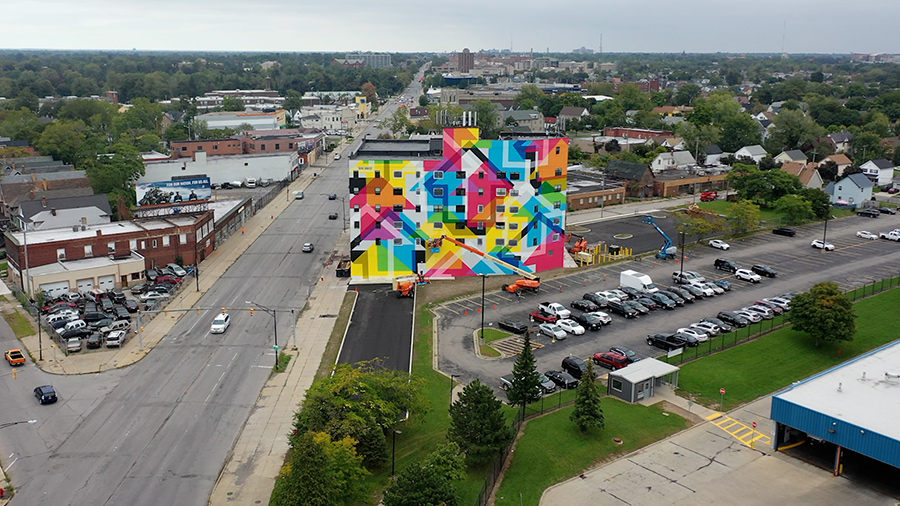
BSA: In shaping this program, how much influence did the global rise of street art festivals and mural programs in the last two decades—like WALL\THERAPY in Rochester, Nuart in Norway, or Urban Nation in Berlin—have on your thinking? Did you engage with any of those models directly?
Aaron Ott: In addition to the models you name above, we looked at numerous others dedicated to street art (MURAL in Montreal, Wynwood Walls in Miami, the Philadelphia Mural Arts Program) and continue to share ideas with public art producers around the United States and abroad. At the beginning of our initiative, I was particularly interested in models led by Art Centers, specifically the Hyde Park Art Center in Chicago and the Kohler Art Center in Wisconsin, since I was most familiar with their programs and formats. The Art Center model, at the risk of oversimplification, is one that is centered on audience, dialogue, and openness. At times, museums can feel more “closed” to people and we really want to act in a way that honors our long legacy in contemporary art here at the AKG while presenting ourselves as available to collaborate.
As we grow in scope, we continue to evolve our thinking of what kind of work is available for us to produce collaboratively and cooperatively with our publics. We also look at other institutions and organizations (like the North Carolina Museum of Art, the Nasher in Dallas, Madison Square Park in NY) to consider how elements of their models, while fundamentally different, might lead us to similar successes and outcomes.

BSA: As one of the few curators of public art embedded within a major museum, what responsibilities do you see attached to that role? Should more institutions formalize this position?
Aaron Ott: I’m not sure I could overstate how important I find being attached to and imbedded into a museum. Buffalo is a relatively small city (population 250,000) but one with a broad impact regionally (Erie County population just under 1M). While I would certainly argue for large American cities and their corresponding institutions to embrace models similar to ours, I strongly believe that pretty much every mid-to-small size American city should consider our model.
My personal opinion is that if you take cities of less than one million, starting with, say Jacksonville, FL, or Austin, TX, all the way to cities just over 200,000, Little Rock, AR, or Sioux Falls, SD, for example, you’ve got over 100 American cities with various collecting institutions with a breadth of local and national knowledge and expertise on the arts.
What sets museums apart from other models is our inherent connectivity to history, collection, and stewardship. As cities themselves grow, shrink, and evolve, it is often the civically oriented arts intuitions that serve as a central and foundational element of identity.
Our own organization was founded in 1862. While most of our peer intuitions have not been around that long, what sets museums apart from many organizations is their year-after-year, ongoing commitment to creative culture. But while plenty of museums participate in public art sporadically, nearly none of them are currently developed with long-term annual commitments to such a program.
Usually, museums activate their commitment primarily on their own walls in their own spaces, but with a little bit of support and ingenuity, they could easily participate in the public as we do. It is both simple to say and hard to do, but sustainability is the key for an institution that wants to participate in the public realm.
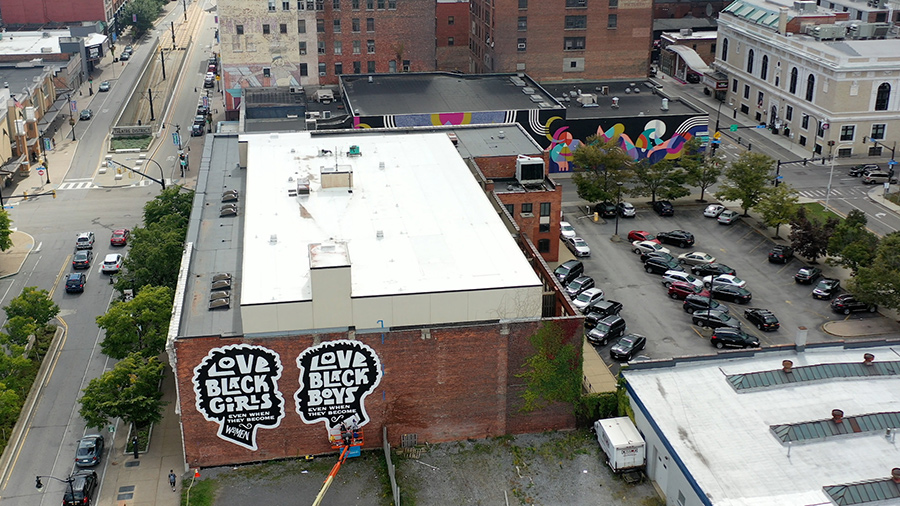
BSA: What role does community input play when a mural is planned? Are there specific guidelines or processes that ensure artists engage meaningfully with the neighborhoods their work enters?
Aaron Ott: The Buffalo AKG Public Art Initiative produces projects through a variety of public/private partnerships that allow for and foster cooperation to achieve the highest quality of work for the broadest possible audiences throughout Western New York. We seek to address the critical questions projects by considering core questions of funding, site, artist, community, capacity, and collaboration. Each of these elemental matters must coalesce in order for success to be secured.
Community conversation is essential at the earliest stages, as detailed exchanges will clarify instances where different constituents in the community have diverse interests or specific pressures dictating their particular viewpoint. By parsing and articulating these diverse perspectives, we establish baseline principles to identify find consensus through a multi-dimensional look at public art practices and community interests. Our policies and actions are specifically developed with discourse in mind.

BSA: The book and exhibition feature artists with roots in graffiti, street art, muralism, conceptual public art, and activist-based practices. How do you view these differing traditions and practices intersecting under the umbrella of public art at AKG?
Aaron Ott: Our museum has always been dedicated to, as we say, the art of our time. As an institution, we are committed to exploring and supporting the work that contemporary artists are engaged with. Perhaps no mode of presentation captures audiences as broadly and deeply as displays of public works of art, which positions our initiative as aligned with one of the most consequential methods of production today.
BSA: Have there been discussions or potential partnerships with other museums—like STRAAT in Amsterdam, MUCA in Munich, UN in Berlin, or LA MOCA—that also have maintained public art programs? What might a collaborative model across institutions look like?
Aaron Ott: Collaboration is all we have ever done. Because that acts as a center of gravity for our initiative, I have great confidence that we’ll be expanding what that means for our partnerships. Institutional, organizational, civic, or independent, we are consistently testing and exploring what collaborations will yield equitable and mutually beneficial outcomes. We’ll never be short on good artists with good ideas. It’s just a matter of finding the right partners at the right time.

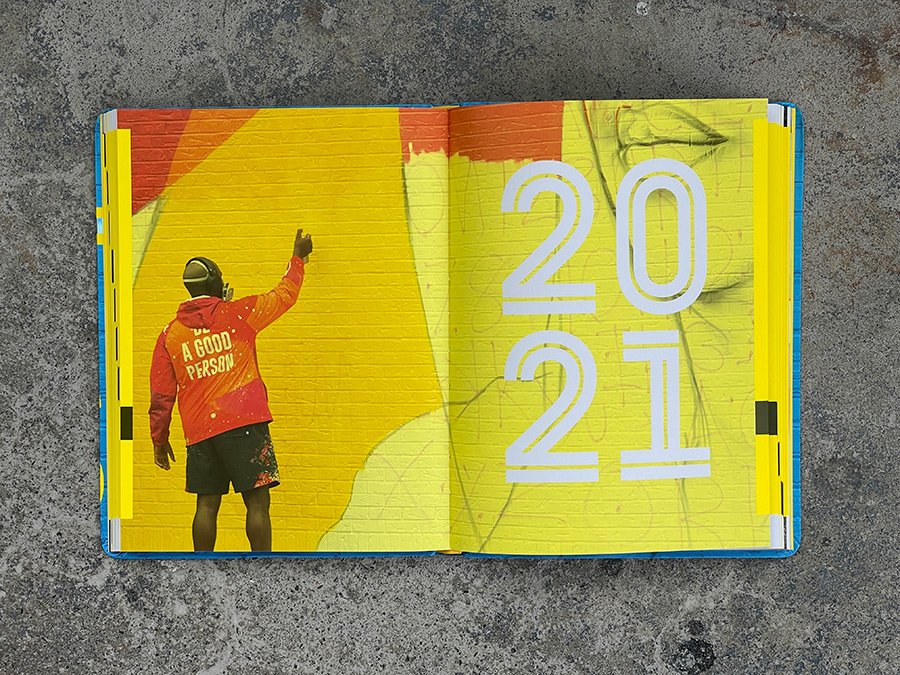
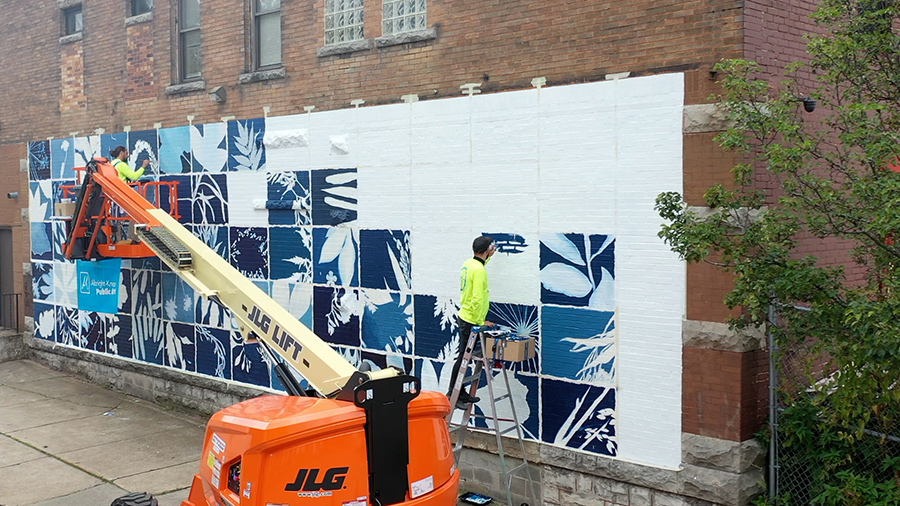
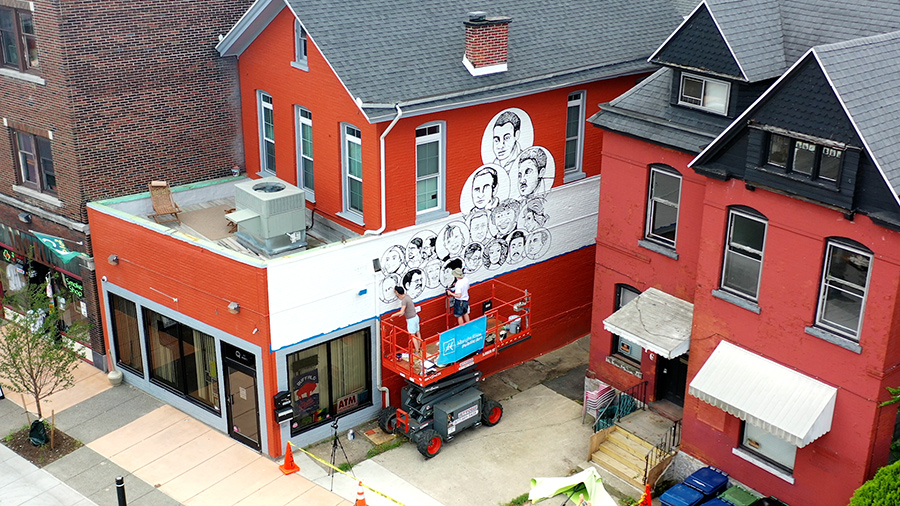

BUFFALO AKG ART MUSEUM.
Hi-Vis
Friday, February 21, 2025–Monday, June 9, 2025
For directions, schedules and opening hours click HERE
Other Articles You May Like from BSA:
Welcome to BSA Images of the Week! Here’s our weekly interview with the street, this week featuring: Adriana Vila, Stikman, City Kitty, Raddington Falls, Miyok, Neon Savage, Vegas, Clone, Sam...
Italian land artist/street muralist Gola Hundun has divided his creative projects in the last few years into two distinct but related practices. Gola Hundun. "Convective Motions". Inneschi Festiv...
The influence of Street Art and graffiti continues to disperse through cities, towns and the countryside of many regions in the form of mural festivals. The village of Penelles in Catalonia asks resid...
We were happy to speak with journalist Justin Kamp recently about subtle and fine distinctions in terminology surrounding street art as it pertains to street practice, fine art, institutions, and col...
Yesterday our posting was about artists in London creating works about endangered species and today we go to Barcelona where 35 artists joined with Greenpeace and a local group named RebobinArt on Apr...
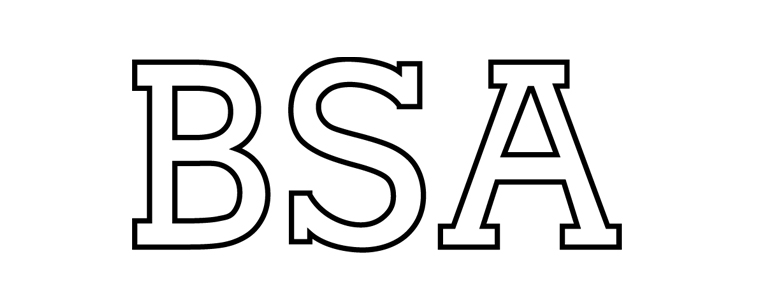 BROOKLYN STREET ART LOVES YOU MORE EVERY DAY
BROOKLYN STREET ART LOVES YOU MORE EVERY DAY
